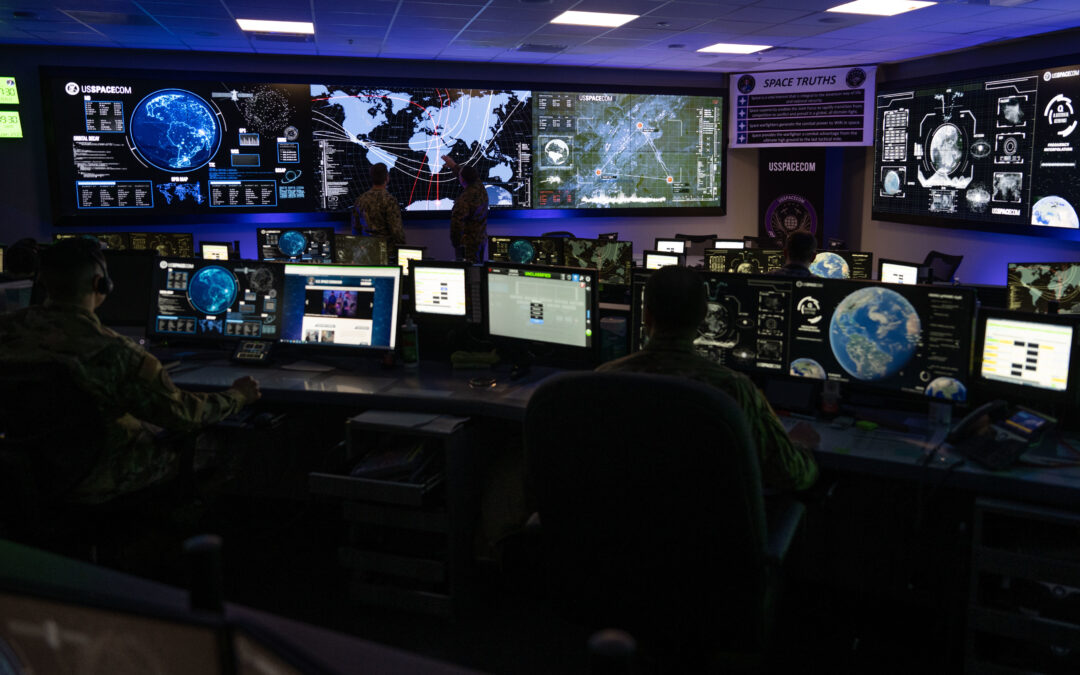In an era where technology, defense, and geopolitics converge above the Earth’s surface, the role of U.S. Space Command (USSPACECOM) has never been more critical. As the strategic high ground shifts from land and sea to orbit and beyond, the United States has renewed its focus on securing freedom of action in space—an increasingly contested domain.
A Reestablished Legacy
Originally established in 1985 during the Cold War, U.S. Space Command was deactivated in 2002 following the creation of U.S. Northern Command and the expansion of U.S. Strategic Command’s mission. But in August 2019, amid mounting international competition and growing threats in orbit, U.S. Space Command was reactivated as a unified combatant command tasked with overseeing military operations in outer space.
This reestablishment signals more than just organizational reshuffling—it reflects a recognition that space is now a warfighting domain, no less vital than air, land, sea, or cyber.
Mission and Objectives
USSPACECOM’s mission is clear: to conduct operations in, from, and to space to deter conflict, defeat aggression, and ensure the United States and its allies can rely on space-based capabilities.
Its core functions include:
- Space Domain Awareness (SDA): Tracking more than 27,000 objects in orbit, from satellites to debris, to ensure the safety of both military and civilian space assets.
- Satellite Operations and Defense: Safeguarding the satellites that support GPS, communications, missile warning, weather monitoring, and surveillance.
- Missile Warning and Defense Integration: Coordinating early warning systems to detect and counter potential missile attacks.
- Operational Planning: Integrating space power into broader joint military operations across all other domains.
Why Space Matters
Modern life depends heavily on space-based infrastructure. From precision-guided munitions and troop movements to ATM withdrawals and global shipping logistics, space technology underpins both national security and economic stability. Disruptions to this domain—whether from cyberattacks, anti-satellite missiles, or electronic warfare—pose major risks.
China and Russia have both demonstrated capabilities in counter-space technologies, including kinetic anti-satellite (ASAT) weapons, ground-based lasers, and jamming systems. In response, USSPACECOM ensures deterrence by demonstrating resilience, operational readiness, and the ability to respond to aggression in kind.
Collaboration and Innovation
U.S. Space Command does not act alone. It collaborates closely with allies through multinational initiatives like Operation Olympic Defender, enhances its capabilities through partnerships with commercial space entities, and integrates efforts with the newly formed U.S. Space Force—a separate military branch focused on organizing, training, and equipping space forces.
Additionally, USSPACECOM is actively exploring next-generation systems, from satellite constellations with rapid reconstitution capabilities to AI-driven space traffic management.
The Road Ahead
Space is no longer a sanctuary. As the race for orbital dominance accelerates, the United States must anticipate and counter threats while preserving the peaceful use of space for all nations.
U.S. Space Command stands at the center of that mission—an evolving command for an evolving battlespace, tasked with protecting the ultimate high ground.

